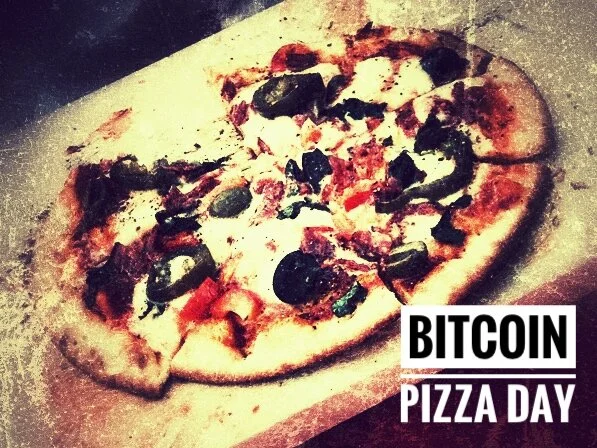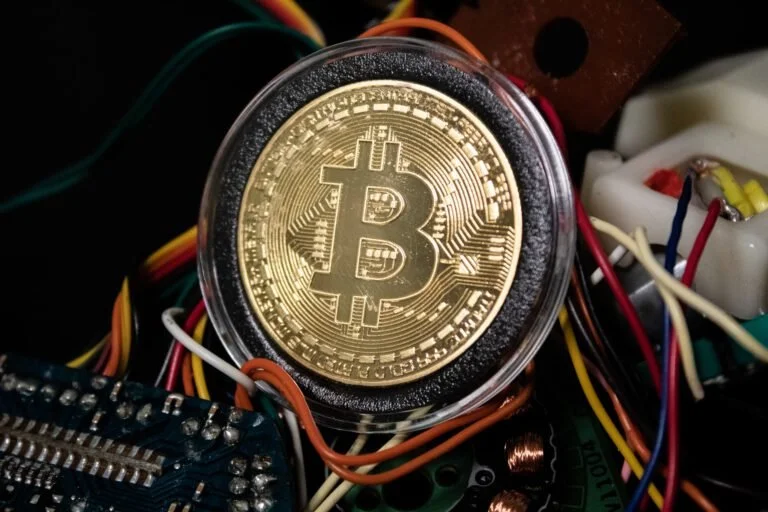Image by Ramiro Mendes
This is a follow on article from the one we published in June 2020: “So how much should you allocate to a crypto fund?”
Let’s be totally honest here, there are only a few industries that have and are having a truly fantastic year in 2020. If you had the foresight to participate in the crypto industry, you will now most likely be starting to feel rather uncomfortable. That is okay, its actually a nice problem to have!
So then, how do you solve the problem?
As called out in the title of this article, taking profits and having a plan on your exit is an important part of investing. The uncomfortable feelings experienced by investors during the selling process seem massively more amplified than when the original buying takes place. Fear and greed are powerful emotions, and those without a plan will often make the wrong decision.
1) Acknowledge that an exit strategy is needed
The key here is simply to acknowledge that when you put on a trade or make an investment you need to think about the exit too. Taking profit is a key element of investment success because it is the only moment when an investor actually realizes a profit. Any floating or paper profit from an open investment means nothing until it is closed and booked.
2) Identify your reward to risk (r:r) ratio
Your profit objective (exit price) is just as important as defining what you are risking (stop-loss placement). Both aspects are integral parts of the reward to risk (r:r) ratios. This ratio analyses and determines the balance between the potential profit and the potential loss of the trade. A conservative (r:r) ratio is 2:1 and an aggressive ratio is often north of 4:1
3) Set a target price (or multiple targets) and document what you are going to do when it’s hit
So now that you have decided on a (r:r) ratio and set your target or target prices, make sure that you document what you plan to do when these prices are hit. It is not unusual for investors to have multiple targets for one purchase. See our worked examples below
4) When your targets are hit, ACT as per your plan!
ACT, ACT ACT - Do not deviate from the plan, the plan was made when you were thinking clearly. Don’t let the extreme fear and greed emotions take over - follow the plan.
Please note the below is not investment advice
Example 1 - Simple (r:r) Ratio
From our earlier article, we worked on an allocation of 5% of our entire portfolio to crypto. We decided to invest 5k of our original 100k to crypto. We then decide that we will risk 50% of this (our risk is 2.5k) and we will take profit at 10k (5k profit) - our r:r is 2:1.
The major push back on the above strategy is that if the asset goes higher to say 20k, people will always feel they have missed out. The reality is that they havnt’t missed out at all. They took a investment, and it made 100%** (5k Profit/5k Initial Investment) x 100 . With bonds yielding less that 1%, its more than you will earn in bonds in 100 years
Example 2 - Stay in the game, multiple targets
One very effective method used in venture capital is to sell half the position on a double. The remaining position is then halved again and sold when the price doubles, this continues until it is not practical to halve the asset. The strategy ensures that you always have skin in the game. From our original example of 5k investment into crypto, lets say the basket price was $5, you would have 1000 allocated to your account. When the asset reaches a value of 10k or a basket price of $10 you would sell 500 (half of your 1000) at 10$ for a profit of 5k.
The important thing here is that you will have 5k cash and 5k of crypto left (500 remaining x $10)
At this point, after your first target is hit, you are in a free position. Your next target is at $20 where you will sell 250 of your remaining 500 (ie sell half of your position). Notice once again that you will raise another 5k cash at this target price and your allocation is still worth 5k ($20 x remaining 250). Your next targets are:
$40 selling 125 for 5k cash, 125 remaining valued at 5k
$80 selling 62.5 for 5k cash, 62.5 remaining valued at 5k
$160 selling 31.25 for 5k cash, 31.25 remaining valued at 5k
and so on
Example 3 - Rebalance
If you ask Investopedia for a definition of portfolio rebalancing, you'll be served up the following: "Rebalancing is the process of realigning the weightings of a portfolio of assets. Rebalancing involves periodically buying or selling assets in a portfolio to maintain an original desired level of asset allocation."
Regular portfolio rebalancing takes investment decisions out of the investor's hands; allowing a suitable asset allocation to be maintained over the long-term, an acceptable level of risk to be maintained and improving the potential for long-term investment returns.
From our earlier article, we worked on an allocation of 5% of our entire portfolio to crypto. We decided to invest 5k of our original 100k to crypto. Lets now assume that the remaining allocation was 5% gold and 90% cash (this is a hypothetical example) and we plan to rebalance every 6 months. After the original 6 months, crypto has massively outperformed and is worth 10k with gold flat - what do you do?
Answer, apply your original percentages to the total pot and buy or sell each asset accordingly.
Total pot = 105k (gold flat at 5k, cash same at 90k, crypto up 5k to 10k)
Apply original allocation:
Crypto 5% of 105k = 5.25k
Cash 90% of 105k = 94.5k
Gold 5% of 105k = 5.25k
So in this example you would sell 4.75k of your crypto to cash and buy 0.25k of gold to rebalance your portfolio.
We run a well balanced allocation of projects for your crypto allocation, be sure to check out our offering - Rational Active Allocation
All circumstances are different, so individuals should always seek independent financial advice.
** this is not an annual percentage. If the investment was concluded within 1 year the % return would be even higher
















